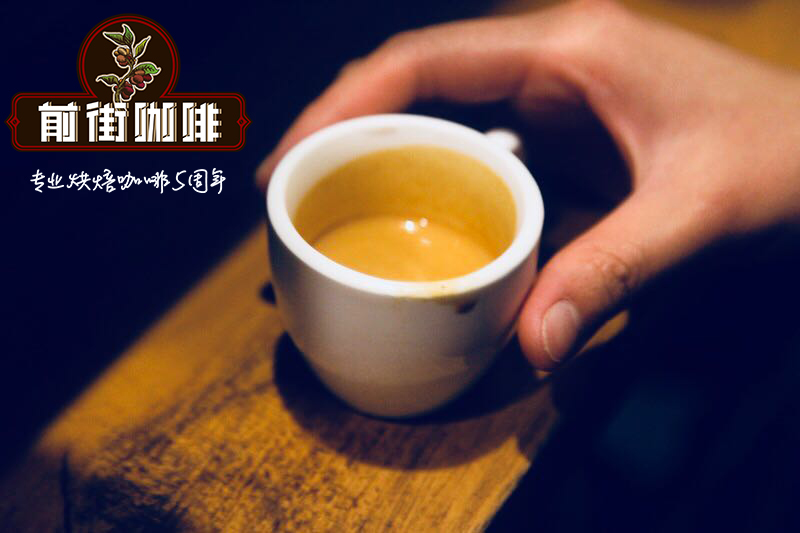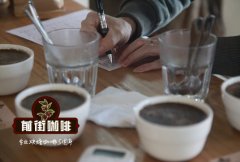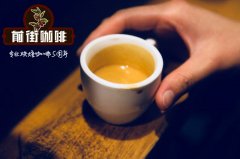What are the characteristics of four common coffee treatments: sun exposure, water washing, semi-washing and honey treatment?

Before we talk about these treatments, let's introduce the structure of coffee berries. From the outside to the inside, they are exocarp, mesocarp, pectin layer, endocarp, silver skin and seed. Sheep skin often refers to endocarp. The coffee beans we buy for roasting usually have silver skins instead of sheep skins. Coffee in the initial processing method to get parchment coffee beans, after it is determined to be sold before shelling treatment.
1. Sun method, also known as dry processing method, drying method.
The coffee berries are placed in a large sunbathing field to enjoy sunbathing. Turn the rake every day to let the coffee berries dry evenly. When the peel and pulp are dried to about 12% moisture content, the coffee berries are poured into the machine to remove the peel and pulp.
Solarization is a traditional, simple and common method in arid areas such as Brazil. The surface of the raw coffee beans obtained by the sun drying method is rough, and the silver skin is more than that of the water washing method, but the silver skin remains less when baking.
two。 Washing method, also known as wet processing method.
Coffee berries after flotation to remove branches, leaves, gravel and other impurities, peeling. Soak the peeled coffee fruit in water. There is a sticky pectin layer in the coffee berries. Soak it in water and remove it by fermentation. The fermentation time ranges from 8 hours to 48 hours. In the process of fermentation, attention must be paid at all times to avoid pollution leading to the deterioration of coffee beans. After fermentation, the pectin layer can be removed by gently rubbing with hands.
It is worth noting that coffee beans treated by water washing should be cleaned and dried in time to avoid secondary fermentation and pollution of coffee beans. Washing method is common in India and other water-rich coffee producing areas. The coffee beans obtained by washing method have glossy surface, less silver skin, easy to control and uniform flavor.
3. Semi-washing method
After flotation, remove the pericarp and part of the pectin layer, wash it with water, and then put it in the sun. Coffee beans treated with semi-aqueous method are sticky because there is still some pectin left in the shell.
4. Honey treatment, called HoneyProcess or Miel Process, is used in coffee gardens in Costa Rica (Costa Rica), Panama (Panama) and Guatemala (Guatemala), which is called Honey Coffee. The so-called honey treatment refers to the process of making raw beans with mucous membrane for sun-drying. After the outer pulp of the coffee bean is removed, there will be a layer of sticky jelly. The traditional washing method washes it away with clean water, but this direct drying method has been born because of the limitations of water resources in some high-altitude areas.
Important Notice :
前街咖啡 FrontStreet Coffee has moved to new addredd:
FrontStreet Coffee Address: 315,Donghua East Road,GuangZhou
Tel:020 38364473
- Prev

What exactly is the fermentation of coffee? What's the difference between anaerobic fermentation and aerobic fermentation?
Professional coffee knowledge exchange more information about coffee beans Please pay attention to the coffee fermentation in the coffee workshop (Wechat official account cafe_style). Fermentation is the most important step in the processing of coffee fruit, which can be divided into two types according to the reaction types: ◆ aerobic fermentation occurs only on the basis of the presence of oxygen. The craft is very simple, put the coffee fruit
- Next

What's so special about honey treatment? What is the difference between yellow honey, red honey and black honey?
What's so special about honey treatment? Juxtaposed with the two traditional treatment methods, water washing and sun treatment, honey treatment has become a unique method in coffee treatment. The taste difference between honey treatment and washing treatment: higher sweetness than washing, higher sugar content, and relatively higher alcohol thickness (under the premise of the same baking degree) honey treatment protects coffee.
Related
- What is the meaning of lactic acid fermentation with coffee bean treatment?
- How to judge the state of foam by sound?
- How does the latte pull out the unicorn pattern? Come to get for a little trick to improve the flower pull!
- Will flower pulling affect the taste of the latte?
- Do you know the history of coffee?
- The difference between honey treatment and sun washing what is raisin honey treatment?
- What kind of milk can a novice use to make coffee foam to keep the foam longer? The correct method and skills of milking tutorial sharing
- Why do washed coffee beans taste sour? Flavor characteristics of washed Coffee
- Introduction to the skill of how to practice the size and height of water injection around the circle of hand-brewed coffee
- How do beginners practice coffee flower drawing from scratch?

